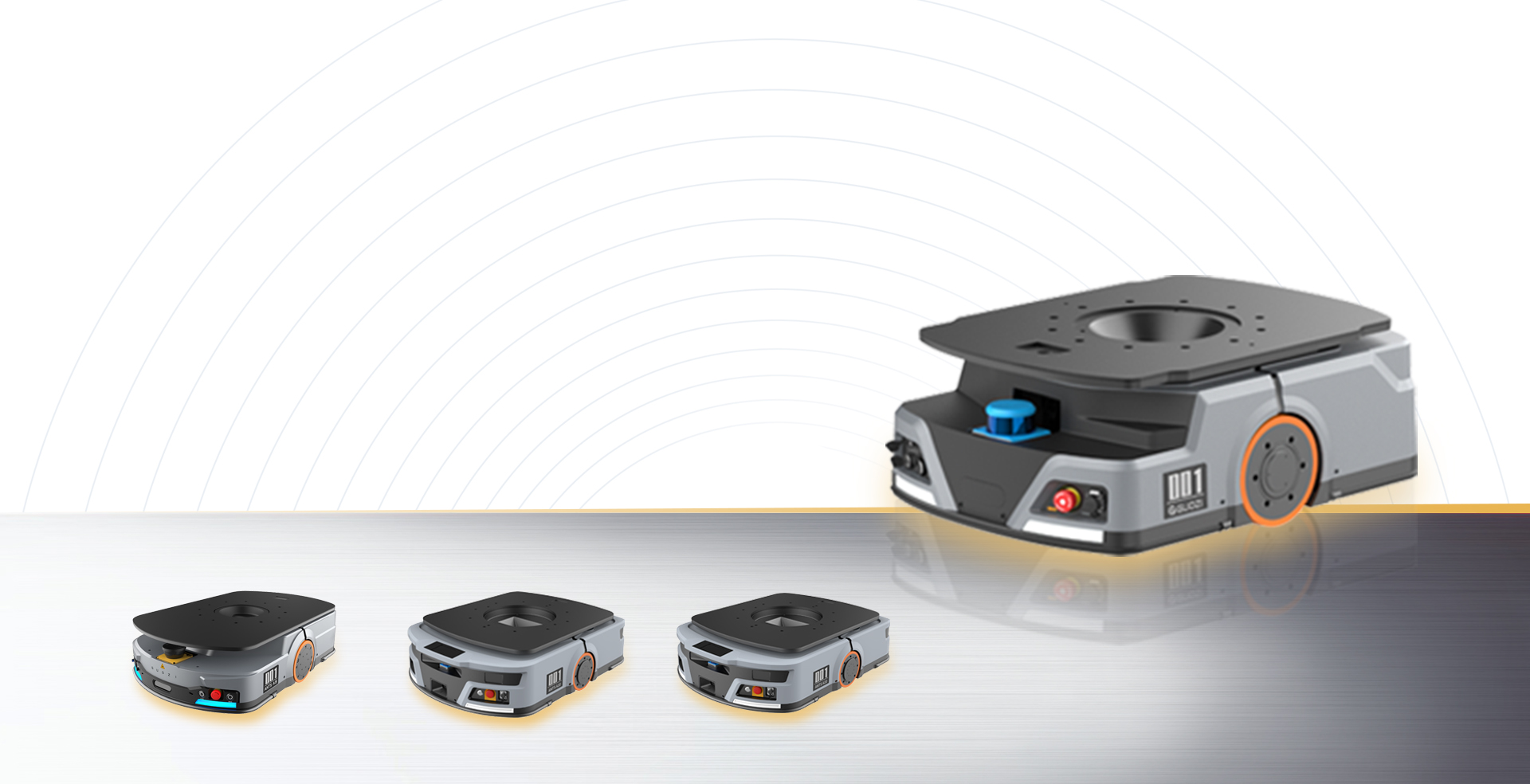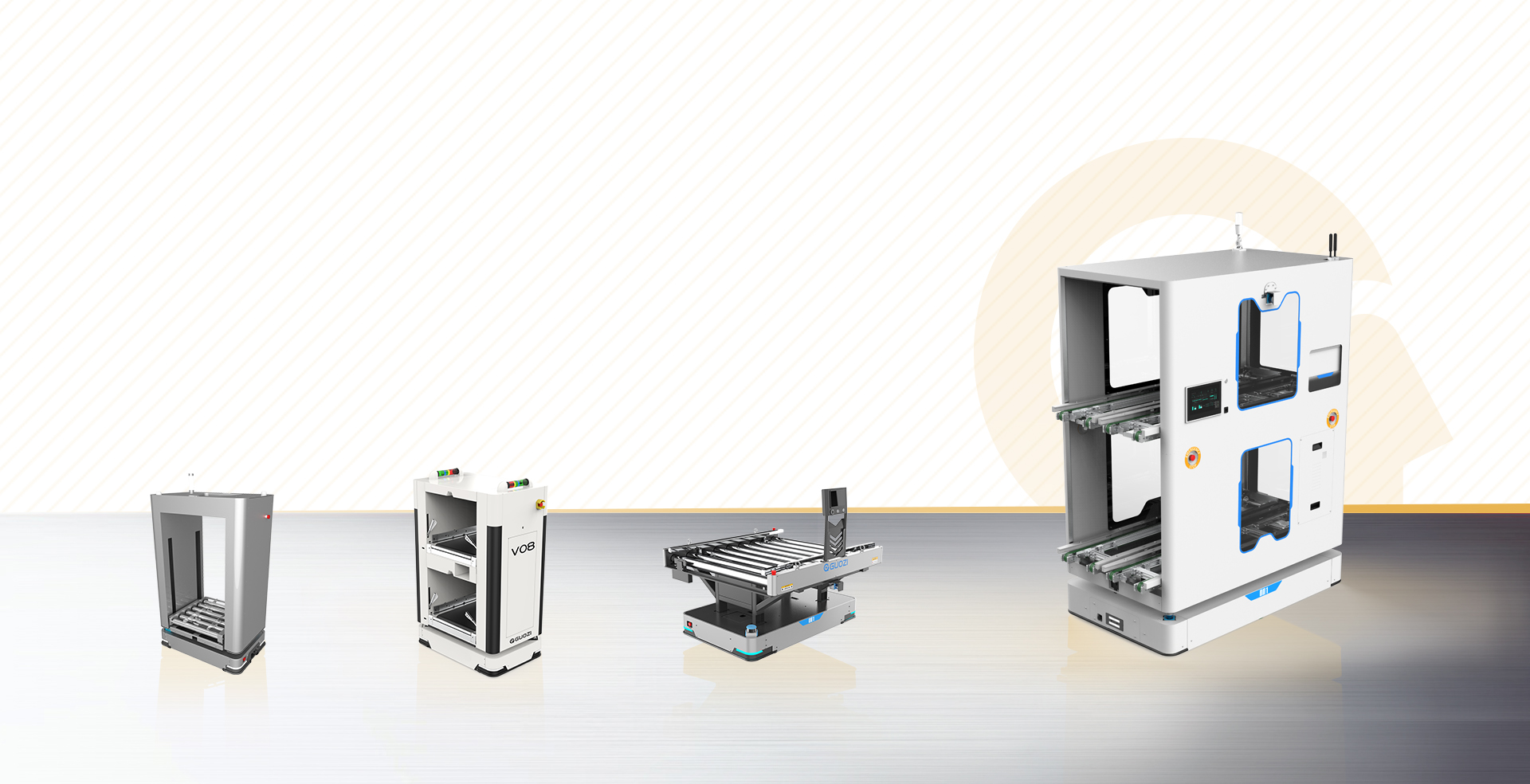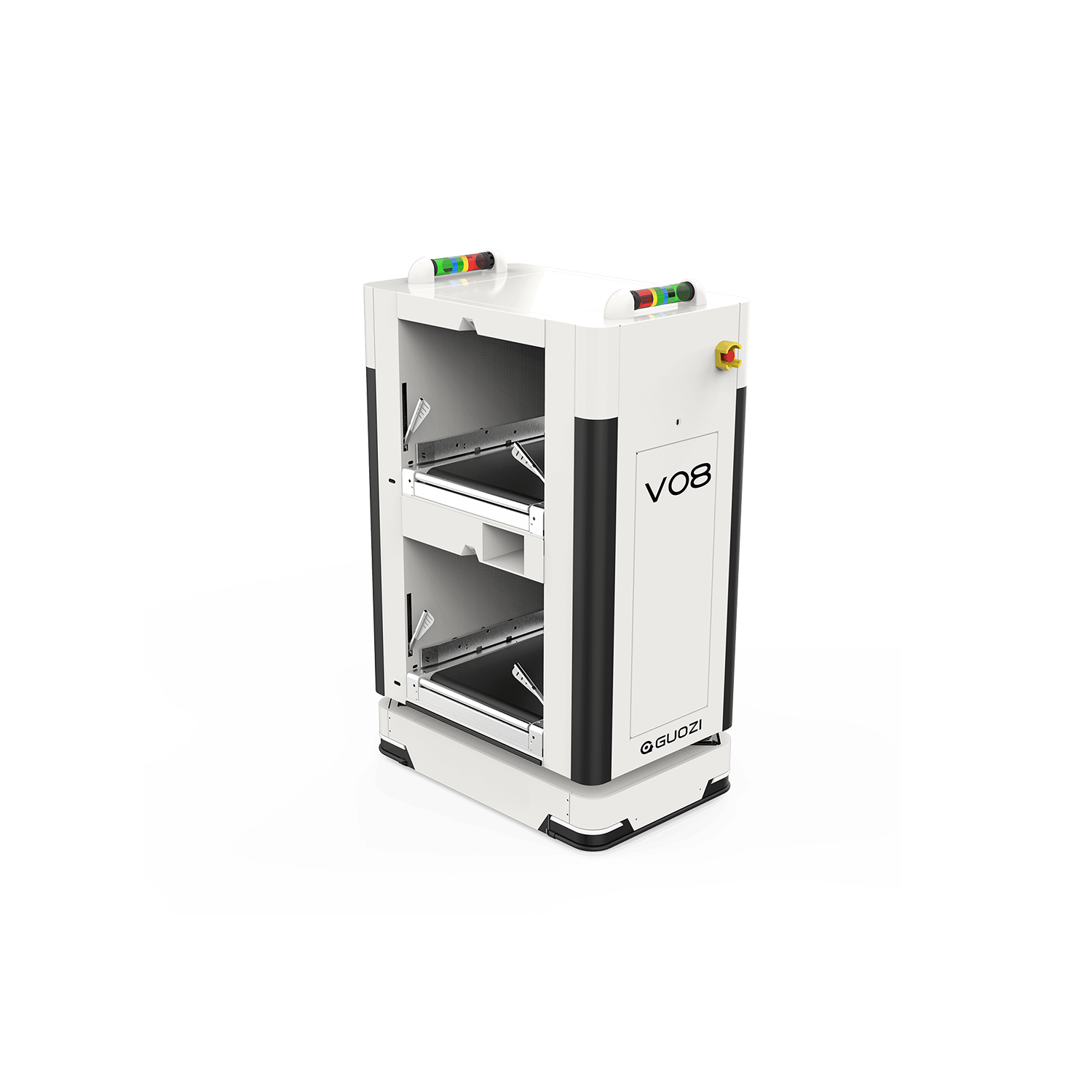The docking robot market is witnessing new opportunities for growth in the context of global green and sustainable development. In this article, we will explore how docking robots can play a role in the green sector and the trends and challenges of the market in the direction of sustainability.
Green Application Expansion in the Field
1. Green Manufacturing
Docking robots are increasingly being used in green manufacturing in the following ways:
a. Energy Saving and Emission Reduction: Through precise docking, the Reduce energy wastage in production line and lower carbon emission.
b. Material recycling: In the waste treatment and recycling process, docking robots can improve the recycling efficiency and promote resource recycling.
c. Intelligent monitoring: real-time monitoring of energy consumption and pollutant emissions in the production process, helping enterprises realize green production.
2. Environmental monitoring
Docking robots in the field of environmental monitoring is becoming more and more prominent, the specific applications include:
a. Water monitoring: docking robots equipped with testing equipment can carry out real-time monitoring of water quality. real-time monitoring, timely grasp of water quality changes.
b. Atmospheric monitoring: At the air quality monitoring station, the docking robot can automatically collect air samples to improve monitoring efficiency.
c. Eco-protection: In nature reserves, docking robots can be used for patrolling, monitoring wildlife, etc. to reduce interference with the ecological environment.
Sustainable development trend
1. Energy-saving and environmentally friendly robot R&D
To meet the demand of sustainable development, the research and development of energy-saving and environmentally friendly docking robots will become a hotspot in the industry:
a. Ultra-high-efficiency drive system: R&D of low-power and high-efficiency drive system to reduce the overall energy consumption of the robot.
b. Lightweight design: adopt new materials and technologies to reduce the weight of the robot itself and improve the efficiency of energy utilization.
c. Long-life batteries: develop high energy density and long-life batteries, reduce the frequency of battery replacement, and reduce environmental pollution.
2. Green Supply Chain Construction
Docking robotics companies will pay attention to the construction of green supply chain, and control the environmental performance of their products from the source:
a. Green Procurement: Prioritize the use of environmentally friendly materials and production processes, and reduce the environmental performance of the supply chain. production processes to reduce the environmental impact of the supply chain.
b. Green Packaging: Adopt biodegradable or recyclable packaging materials to reduce packaging waste.
c. Green Logistics: Optimize logistics solutions to reduce energy consumption and emissions during transportation.
Policy Environment and Market Challenges
1. Policy Environment
The government will further introduce relevant policies to encourage the research, development and application of green and environmentally friendly docking robots that provide strong support for the market.
2. Market Challenges
Challenges faced by the docking robots market in the direction of sustainable development include technological innovation, cost control, market education, and development of industry standards.
With the global emphasis on green and sustainable development, the docking robot market will usher in a new development opportunity. Enterprises should seize this trend, increase the R&D of green robots, expand application areas, and promote the transformation of the industrial chain toward sustainable development. Through continuous innovation and improved product performance, the docking robot industry will contribute to global green development.








